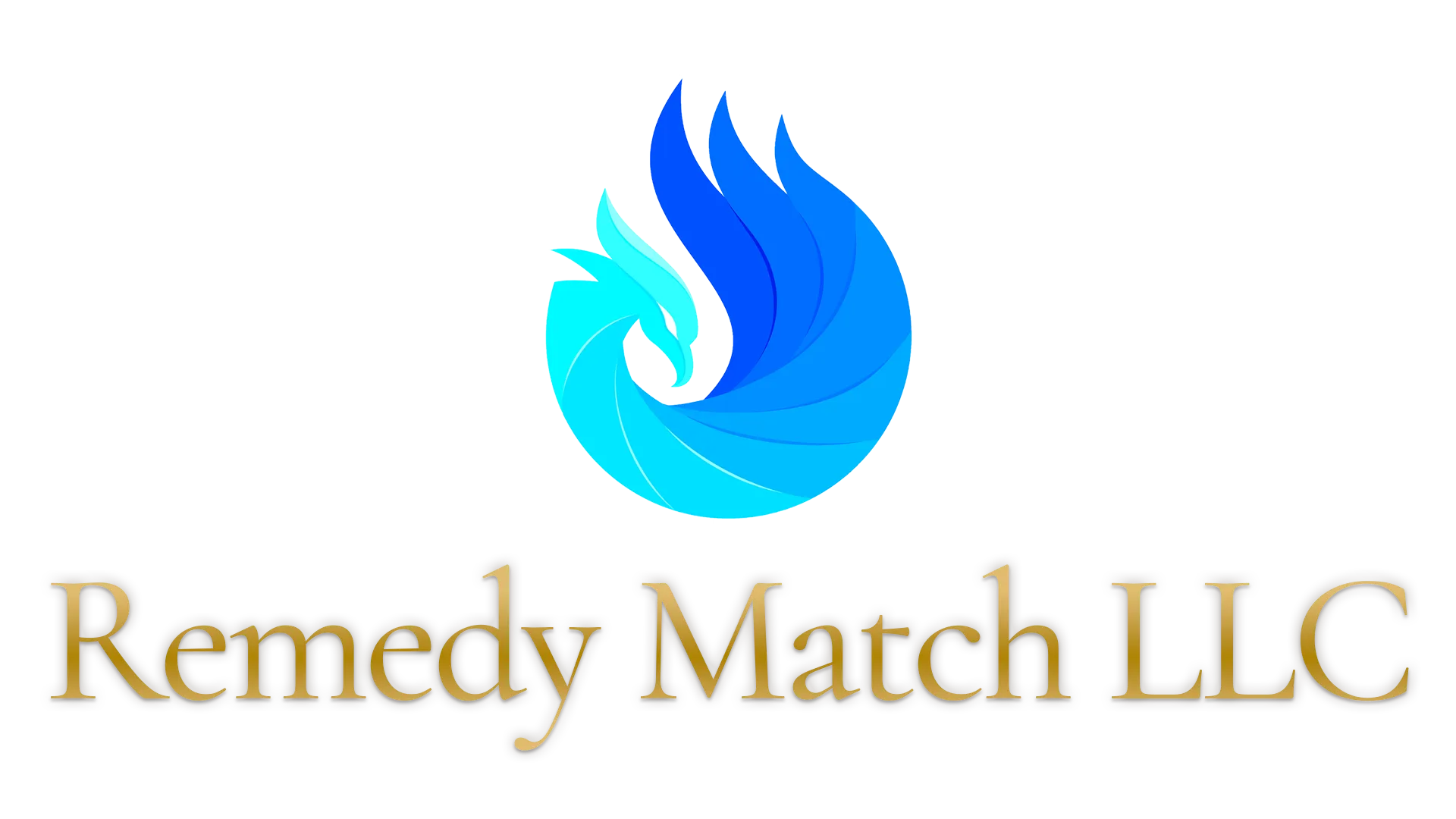Nothing in life is to be feared, it is only to be understood. Now is the time to understand more, so that we may fear less.
- Marie Curie
It does not matter how slowly you go as long as you do not stop.
- Confucius
Nearly everyone would benefit from a heavy metal detox because of the hundred thousand fold increase in toxins in the last 50 years.
- Dr. Sundardas Annamalay
The important thing is not to stop questioning. Curiosity has its own reason for existing.
- Albert Einstein
What we know is a drop, what we don't know is an ocean.
- Sir Isaac Newton
The person who takes medicine must recover twice, once from the disease and once from the medicine.
- William Osler, M.D.
Of all the forms of inequality, injustice in health care is the most shocking and inhumane.
- Martin Luther King, Jr.
(The modern monopoly system of medicine in America forces the most deadly forms of care to be 'covered' while suppressing real healing)
Healing is a matter of time, but it is sometimes a matter of opportunity.
- Hippocrates
It always seems impossible until it's done.
- Nelson Mandela
By cleansing your body on a regular basis and eliminating as many toxins as possible from your environment, your body can begin to heal itself, prevent disease, and become stronger and more resilient than you ever dreamed possible!
- Dr. Edward Group III
Living is easy with eyes closed, misunderstanding all you see.
- The Beatles
We do not need magic to transform our world; we carry all the power we need inside ourselves already.
- J.K. Rowling
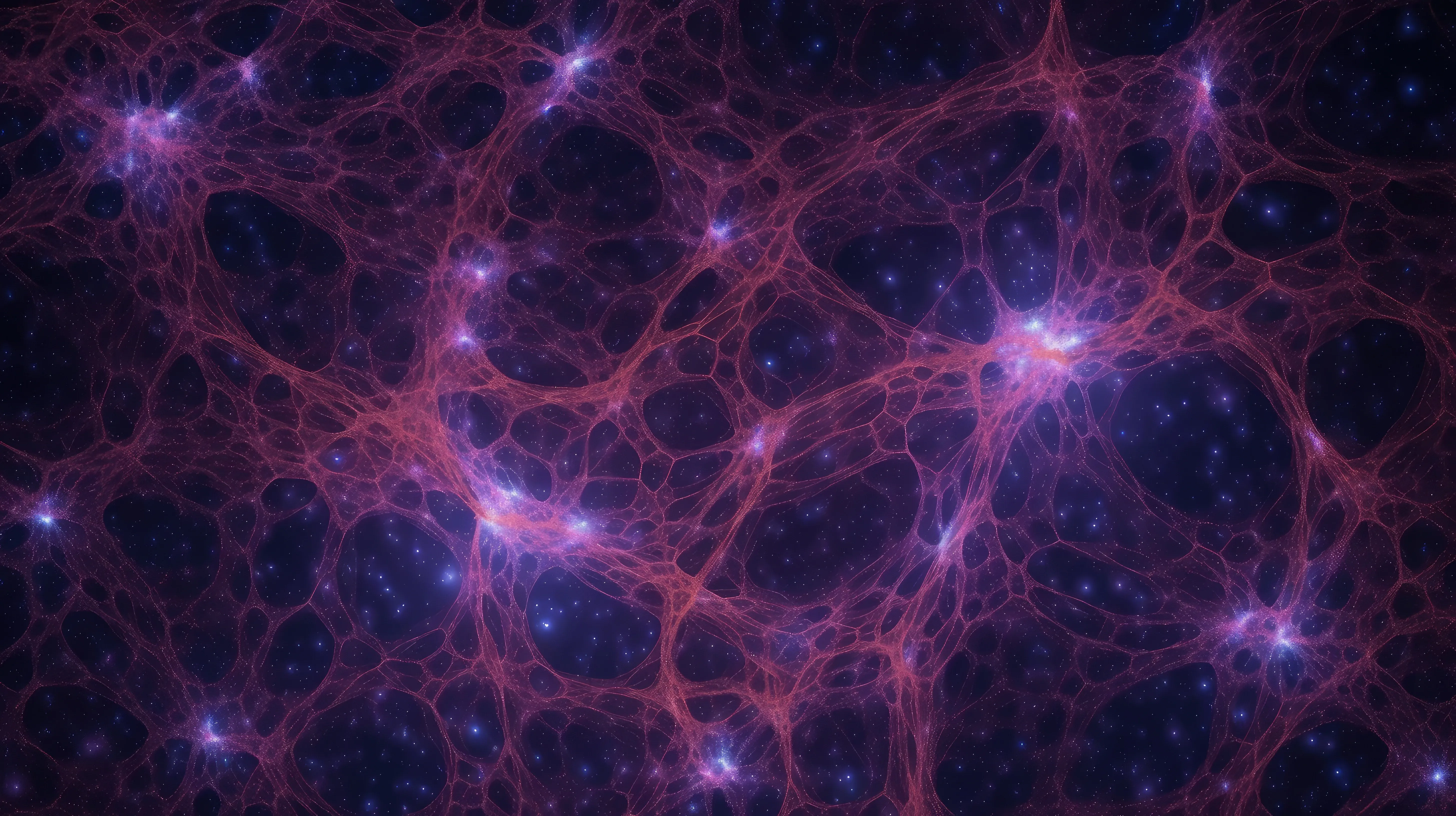
The Cosmos: An Electric Universe
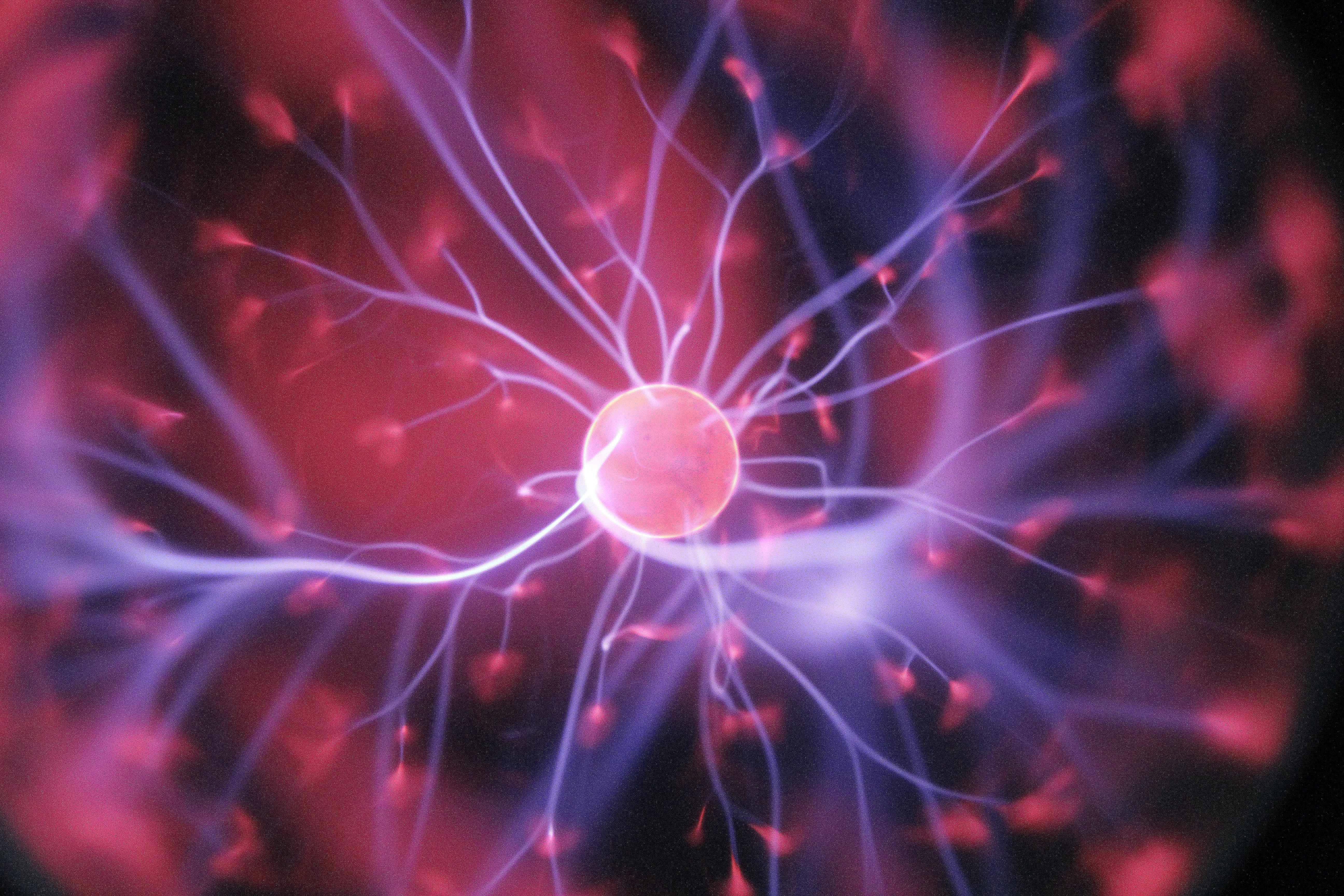
Plasma: The State of Matter - named after Biological plasma (e.g. cytoplasm, blood plasma).
(really a Plasma-Condensate according to our Clinical Theory of Everything...)
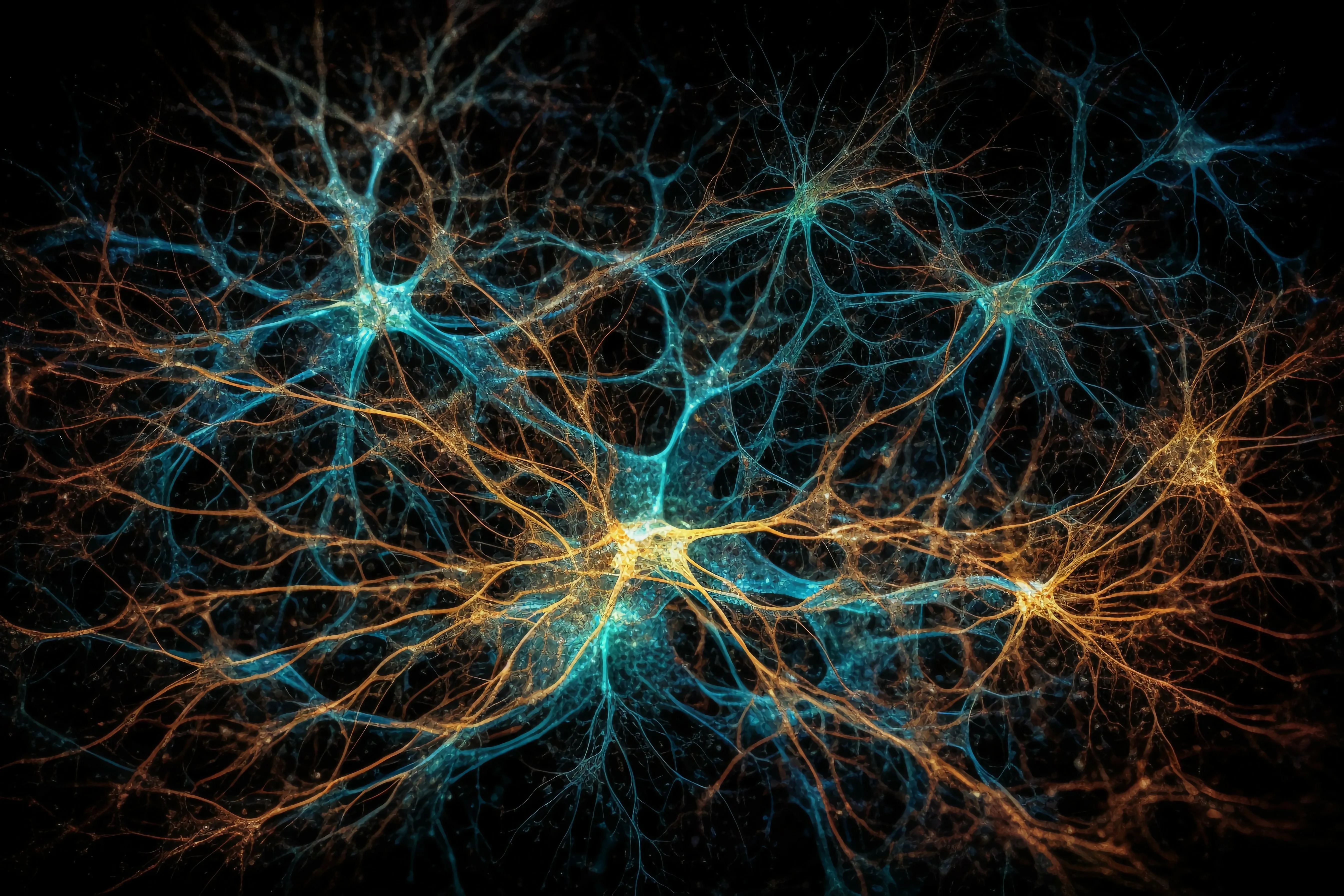
Neurons:
(The brain is the negative pole of the body battery, charged by the photovoltaic retina)

Mycelia
(Fungal spores are the only lifeform considered capable of space travel...)
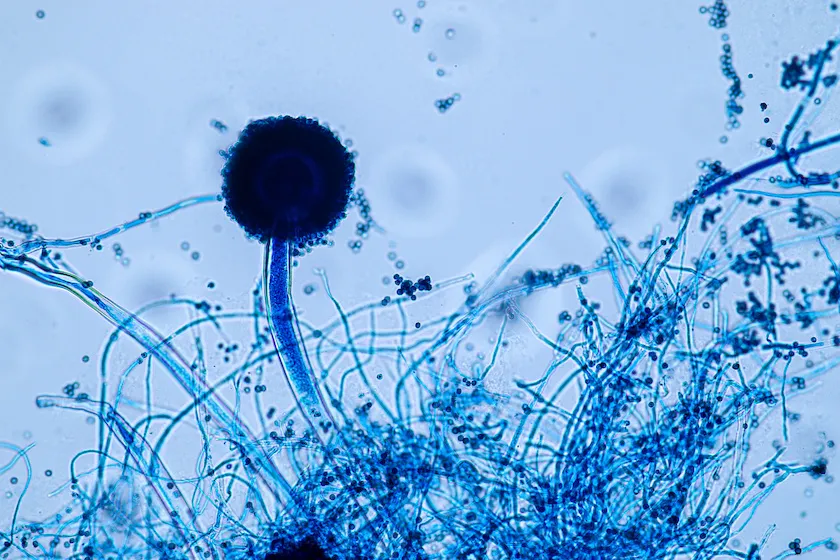
Aspergillus
(Symbiotic endobiont living harmoniously in ECF when terrain is balanced)
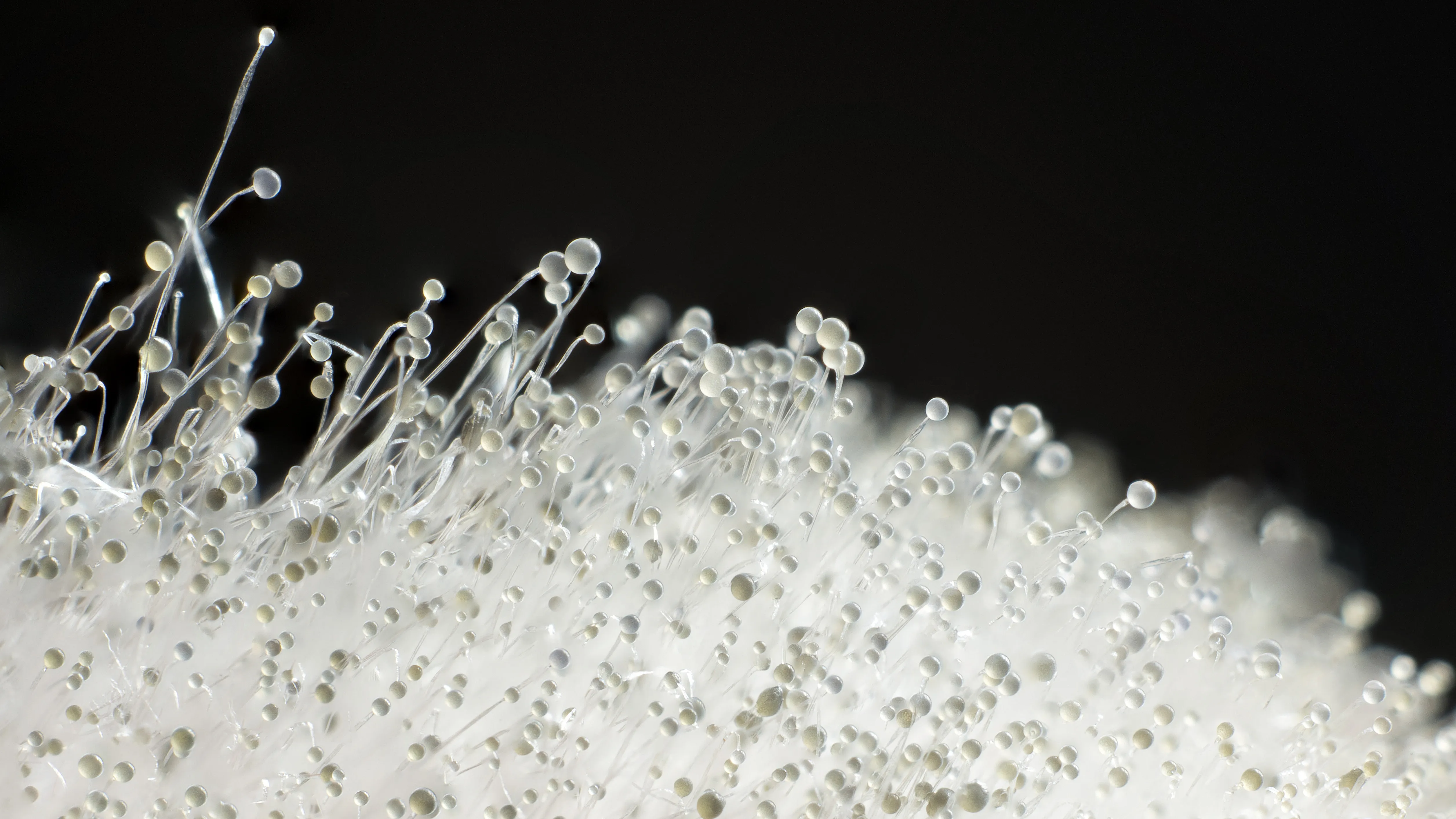
Mucor spp.
(Symbiotic endobiont living harmoniously in blood when terrain is balanced)
Moulds and other fungi produce 100 times more defensive compounds when electromagnetically stressed. Is it any wonder we have an epidemic of health problems from mould growing in our living environments? We, like they, are exposed to over one quadrillion times more anthropogenic EMF than we were just 10 years ago. Cholesterol is part of the cell's defense mechanism against these and other environmental toxins, many of which never even existed in our genetic history...
- Dr. Glen Swartwout
If you have lived or worked in polluted environments, your health may improve drastically with chelation therapy.
- Steven Magee
Cholesterol management with Statins attempts to manage risk. Risk is correlation. Correlation is not causation. The liver produces more cholesterol when the body is having difficulty with one of the many functions for which cholesterol is needed as part of the solution. That includes protecting cells from toxins in Phase 1 and 2 terrains, regenerating tissues in Phase 3, and making hormones related to Phase 5 (which is also relevant in all Phases). Healing the causes of the body's strong healing responses is the way to recover health. If you still think Statins are going to heal your cholesterol balance, just ask your doctor how long it will take to complete the healing process so you'll be done needing the drug... In fact, you will be slowing down the healing process while adding a new disease. It's the very meaning of Allopathy.
- Dr. Glen Swartwout
In a state of Vitamin C deficiency unique to humans and guinea pigs, oxxidative damage to the vascular endothelium is temporarily patched with cholesterol. The cholesterol binds reversibly to Lysine. That is why we include both Lysine and Vitamin C in our Chelation formula. This knowledge was handed down from Linus Pauling.
- Dr. Glen Swartwout
Vitamin C has been shown to be an effective therapeutic for reducing total serum cholesterol
- Vitamin C supplementation lowers serum low-density lipoprotein cholesterol and triglycerides: a meta-analysis - ncbi.nlm.nih.gov/pmc/articles/PMC2682928/
The lysine/arginine ratio has been directly associated with serum cholesterol levels.
- Cholesterolemic effects of the lysine/arginine ratio - pubmed.ncbi.nlm.nih.gov/3155291/
Clinical Praxis™ Protocols
Cholesterol
Physiological functions of cholesterol in the body
Cholesterol is an essential lipid molecule made by the liver.
It plays many crucial roles in human health and function:
• Absorption of Fat-Soluble Vitamins: It assists in the absorption of fat-soluble vitamins (A, D, E, K) in the intestine.
• Lipid Rafts: Cholesterol is a component of lipid rafts in the cell membrane, which are involved in cellular signaling and metabolism. Cholesterol is essential for making new cells, and therefore for tissue regeneration.
• Cell Signaling: Plays a role in cell signaling processes, which is essential for regulating body functions.
• Myelin Sheath Formation: Cholesterol is a component of the myelin sheath, which insulates nerve cells and is critical for proper nerve function.
• Vitamin D Synthesis: It is involved in the synthesis of Vitamin D in the skin when exposed to sunlight, which is important for bone health and immune function [[6†source]].
• Bile Production: Cholesterol aids in the production of bile, which is necessary for the digestion and absorption of dietary fats [[5†source]].
• Synthesis of Hormones: It is crucial for the synthesis of steroid hormones, including cortisol, aldosterone, estrogens, and progesterone, which regulate various body functions [[1†source]].
• Cell Membrane Structure: Cholesterol contributes to the structural integrity and fluidity of cell membranes, which is vital for cell function and communication [[1†source]]. When toxins penetrate into cells, the cells call for more Cholesterol to strengthen the cell membrane and protect the vital metabolic functions inside the cells.
All of these functions show the importance of cholesterol in maintaining many aspects of health and physiological balance. When any of these functions is stressed, the liver intelligently responds by producing more cholesterol to help out. You can use measurements of blood cholesterol to track your progress at healing the vital functions of your cells, tissues, organs, and systems. Cholesterol levels are an effect of these states of dis-ease in the body, not a primary cause.
🌐 Sources
1. Physiology, Cholesterol - pubmed.ncbi.nlm.nih.gov/29262185/
2. Physiology, Cholesterol - ncbi.nlm.nih.gov/books/NBK470561/
3. Cholesterol Physiology - news-medical.net/health/Cholesterol-Physiology.aspx
4. Physiological role of cholesterol in human body - sciencedirect.com/science/article/abs/pii/B9780128169186000214
5. What function does cholesterol perform in the body? - medicalnewstoday.com/articles/what-is-the-function-of-cholesterol-in-the-body
6. Cholesterol in the Blood - hopkinsmedicine.org/health/conditions-and-diseases/high-cholesterol/cholesterol-in-the-blood
HDL & LDL
HDL (High-Density Lipoprotein) and LDL (Low-Density Lipoprotein) are two types of cholesterol found in the body, each playing distinct roles:
LDL (Low-Density Lipoprotein):
Often referred to as "bad" cholesterol, LDL transports cholesterol to various parts of the body.
What is bad is the reason those parts of the body need more cholesterol.
The second thing that is bad is preventing those parts of the body from getting the cholesterol (and the other materials, energies, and information) they need rather than identifying the need and helping to resolve it quickly.
High levels of LDL cholesterol are associated with an increased risk of heart disease and stroke due to its tendency to accumulate in blood vessel walls, leading to plaque build-up and narrowing of arteries [[4†source]].
This happens because of oxidative damage to the vascular endothelium when there is a lack of Vitamin C to repair the damage.
The cholesterol bandage is bound reversibly by Lysine, so combining Vitamin C and Lysine with support for removal of the cholesterol bandage can reverse the whole process and complete the healing, rather than just trying to slow it down.
HDL (High-Density Lipoprotein):
Known as "good" cholesterol, HDL helps remove other forms of cholesterol from the bloodstream.
It transports cholesterol away from the arteries and back to the liver, where it's processed and removed from the body.
Higher levels of HDL cholesterol are generally associated with a lower risk of heart disease and stroke [[4†source]].
Research on the LDL/HDL Ratio:
Research indicates that the ratio of LDL to HDL cholesterol is a powerful predictor of cardiovascular risk.
This is because the ratio provides a more comprehensive picture of heart disease risk than LDL levels alone [[2†source]], [[3†source]].
A higher LDL/HDL ratio indicates a higher risk of heart disease, whereas a lower ratio is considered healthier.
The total cholesterol to HDL ratio is also viewed as a better marker of heart disease risk than LDL cholesterol levels alone [[3†source]], [[6†source]].
Understanding these roles and the significance of the LDL/HDL ratio is considered crucial for assessing and managing cardiovascular risk.
What we consider crucial is understanding and addressing the causality behind the risk.
Risk is a matter of association.
Association does not imply causation.
The focus on managing cholesterol levels is the tail wagging the dog.
These levels are merely what is easy to measure and manipulate for drug sales.
The drugs must be continued for life because they are not fundamentally healing.
It is crucial to keep in mind that both HDL and LDL are functional compounds made by the body.
The body is innately intelligent, so we assume it has a reason for making high levels of a compound.
It is not trying to create disease.
It is doing its best with the resources at hand to heal, to maintain function, and to promote longevity.
We need to focus on supporting the body's intelligent mission with its healing responses, including production of high levels of cholesterol.
Suppressing the levels artificially with a patented toxin that blocks an enzyme function in the liver does not achieve that.
We have to look deeper to understand and work with the body, not on it...
It is estimated that the mind that diagnoses and treats disease can only process as much as 120 bits of information per second.
The body is processing at least trillions or quadrillions per second.
We're not that smart.
We need to learn to listen.
Then we have the opportunity to upgrade from the small external control of Pharmakeia (drugs, magic, and witchcraft for the illusion of healing) to the big control of Accelerated Self Healing™.
🌐 Sources on LDL & HDL
Lipid Panel with Total Cholesterol: HDL Ratio - urmc.rochester.edu/encyclopedia/content.aspx?ContentTypeID=167&ContentID=lipid_panel_hdl_ratio
Lipoprotein ratios: Physiological significance and clinical usefulness in cardiovascular prevention
- ncbi.nlm.nih.gov/pmc/articles/PMC2747394/
What is the difference between HDL and LDL cholesterol? - medicalnewstoday.com/articles/321484
LDL and HDL Cholesterol and Triglycerides - cdc.gov/cholesterol/ldl_hdl.htm
Cholesterol ratio or non-HDL cholesterol: Which is most important? - mayoclinic.org/diseases-conditions/high-blood-cholesterol/expert-answers/cholesterol-ratio/faq-20058006
Cholesterol Numbers and What They Mean - clevelandclinic.org/health/articles/11920-cholesterol-numbers-what-do-they-mean
Statins and Disease Risk
Statins are promoted to reduce risk of heart disease.
While statins are commonly prescribed for lowering cholesterol levels, their use is associated with an increased risk of other diseases:
Musculoskeletal Problems:
Statins cause musculoskeletal problems, including muscle pain and weakness [[2†source]].
Diabetes:
There is an increase in diabetes when on statin therapy, especially among those with pre-existing risk factors for diabetes [[2†source]], [[1†source]].
Liver Dysfunction:
Statins have been linked to liver dysfunction, necessitating regular monitoring of liver function in patients taking these drugs [[6†source]].
Renal Insufficiency:
An increase of renal (kidney) insufficiency is associated with statin use [[6†source]].
Eye Conditions:
Studies find an increase of eye disease, including cataracts, in patients using statins [[6†source]].
Cognitive Impairment:
Statins contribute to cognitive issues like memory loss and confusion [[5†source]].
🌐 Sources
Statin side effects: Weigh the benefits and risks - mayoclinic.org/diseases-conditions/high-blood-cholesterol/in-depth/statin-side-effects/art-20046013
Statins: pros and cons - ncbi.nlm.nih.gov/pmc/articles/PMC6019636/
Statin Toxicity - ahajournals.org/doi/full/10.1161/CIRCRESAHA.118.312782
Statin Use for the Primary Prevention of Cardiovascular Disease in Adults
- jamanetwork.com/journals/jama/fullarticle/2795521
Adverse effects of statin therapy: perception vs. the evidence - focus on glucose homeostasis, cognitive, renal and hepatic function, haemorrhagic stroke and cataract - ncbi.nlm.nih.gov/pmc/articles/PMC6047411/
BMJ - Associations between statins and adverse events - bmj.com/content/374/bmj.n1537
Advancements in Heart Care: Alternatives to Statin Medications
Statins are widely prescribed, with 1 in 4 adults over 45 in the U.S. taking them to lower cholesterol and prevent heart disease[1].
However, new studies suggest that statins might speed up coronary artery calcification and harm heart muscle function[2],[3].
The Cholesterol Myth and Statin Industry
Initially, statins were praised for combating heart disease, based on the now-questionable belief that cholesterol causes atherosclerosis.
Despite this, drug companies and health panels, often influenced by the pharmaceutical industry, continue to promote statins as essential for heart health[4],[5].
Despite consuming over a quarter billion statin pills annually in the U.S., the belief that lowering cholesterol directly translates to heart disease prevention is increasingly challenged.
Although effective in reducing cholesterol, the broader health impacts of statins are a concern[6],[7].
Adverse Effects and Nutrient Depletion
Research from the 1990s identified over 100 adverse effects of statins, now over 300, including muscle damage and diabetes[6].
Recent studies have shown that statins may actually trigger the very heart issues they aim to prevent, by accelerating artery calcification[2],[3].
Long-term use of statins may inhibit coenzyme Q10, vital for muscle energy, particularly in the heart.
Low coQ10 levels are linked to worsening heart failure.
Statins may also reduce other vital nutrients like vitamins K2, selenium, and zinc, which are crucial for heart health[8]-[13].
Statins and Heart Disease Risk
Most doctors overlook statin-induced heart issues, attributing symptoms to aging rather than medication side effects[2].
Research continues to reveal that statins could be causing more harm than good in heart health:
• A 2022 study linked statins to increased coronary artery calcium[3]
• Halting statins and supplementing with coenzyme Q10 improved heart function in many patients, suggesting statins as the cause[14].
• Studies have shown statins may hasten heart valve calcification and vein blockage[15].
• A 2017 review questioned the defense of statins as the ultimate heart disease prevention method[16].
Rethinking Statin Use: Benefits vs. Risks
The overall benefit of Statins is minimal if we look at both quality of life and longevity.
Quality-Adjusted Life Years (QALYs) are a good way to measure the total benefits vs risks of an intervention.
A study found that statin treatment in men aged 55 with a 10-year vascular risk of 10% resulted in a mean QALY gain from 8.80 to 8.82 over 10 years.
That's a gain of 1 week of life for 10 years of taking the drug.
If taking the drug takes just a minute a day, that takes 2.5 of those days.
If going to doctors offices, labs, and pharmacies takes just another hour a month, that uses up another 5 days over that decade.
So, in the end, you've gained a week of servitude to Big Pharma.
The annual cost of statins in 2018 was $22.9 Billion.
In 2029 there were 818 million statin prescriptions in the States.
That means at least 68 million people are on statins if the prescriptions are counted monthly...
They lead the list of most prescribed medications, followed by:
2. Antihypertensives
3. Antidiabetics
4. Antibiotics
5. Antidepressants
6. Analgesics
7. Bronchodilators
8. Anti-coagulants
9. Proton Pump Inhibitors
10. Contraceptives
The Rx is typically renewed annually when patients are stable on their treatment plan.
As of 2024 about 123 million Americans are over 50, the age where statins are typically first prescribed.
One study found that half of men over 65 are on statins.
The financial cost per individual (not counting physicians and labs) would be about $340 per person per year.
That's just this one class of drug out of the $14,000 a year spent on Allopathic Medicine.
For ten years of use, that would come to about $3,400.
Adding the cost of physicians, p
The extensive toxicity and potential heart damage from statins demand informed consent before use.
With millions at risk of heart disease or diabetes, alternative strategies are gaining attention.
For high-risk individuals, dietary adjustments, exercise, and natural supplements might be better for managing cholesterol without the side effects of statins[17],[18].
The current shift is towards cautious use of statins, balancing their benefits against the risks.
Patients and doctors need to be aware of the potential harms of cholesterol-lowering medications and consider whether they might do more harm than good.
🌐 References on Statins:
[1] Benjamin EJ, et al. Heart disease and stroke statistics-2023 update: a report from the American Heart Association. Circulation. 2023 Mar;147(7):e153-e639.
[2] Okuyama H, et al. Statins stimulate atherosclerosis and heart failure: pharmacological mechanisms. Pharmacol Ther. 2023 Mar;253:110180.
[3] Roeters van Lennep JE, et al. Statins may have a dual effect on coronary artery calcification. Arterioscler Thromb Vasc Biol. 2022 Aug 23:ATVBAHA22331668.
[4] Abramson JD, Rosenberg HG, Jewell N, Wright JM. Should people at low risk of cardiovascular disease take a statin? BMJ. 2013 Oct 22;347:f6123.
[5] Diamond DM, Ravnskov U. How statistical deception created the appearance that statins are safe and effective in primary and secondary prevention of cardiovascular disease. Expert Rev Clin Pharmacol. 2015 Mar;8(2):201-10.
[6] Sayer Ji, Founder, GreenMedInfo. Consumer Alert: 300+ Health Problems Linked To Statin Drugs; 2018.
[7] ConsumerReports.org. Making Sense of Cholesterol Medicine
[8] Langsjoen PH, Langsjoen AM. The clinical use of HMG CoA-reductase inhibitors and the associated depletion of coenzyme Q10. A review of animal and human publications. Biofactors. 2003;18(1-4):101-11.
[9] Mortensen SA, et al. The effect of coenzyme Q10 on morbidity and mortality in chronic heart failure: results from Q-SYMBIO: a randomized double-blind trial. JACC Heart Fail. 2014 Dec;2(6):641-9.
[10] Bor M, Cemin RC, Rajaram A, Pelchovitz DJ, Goldberg AC, Schurgers LJ, Danik JS. Statin Therapy Is Associated With Lower Vitamin K1 and Vitamin K2 Levels. J Am Heart Assoc. 2022 Aug 16;11(16):e025908.
[11] Mabuchi H, Higashikata T, Kawashiri M, Katsuda S, Mizuno M, Nohara A, Inazu A, Koizumi J, Kobayashi J. Reduction of serum ubiquinol-10 and selenium levels by atorvastatin in hypercholesterolemic patients. J Atheroscler Thromb. 2005;12(2):111-9.
[12] Rehman MT, Akash MSH, Kumar A, Waseem M, Hou S. Understanding the Mechanism of Neurological Disorders Induced by Statins: An Overview. Front Aging Neurosci. 2022 Oct 20;14:1030995.
[13] Shechter M. Magnesium and cardiovascular system. Magnes Res. 2010 Jun;23(2):60-72.
[14] Shizukuda Y, Hatanaka I, Miyamoto T. Improvement of cardiac and cholesterol metabolism markers in patients taking pitavastatin following short-term suspension due to myositis-like symptoms. Biofactors. 2008;33(3):229-239.
[15] Feiereisen P, Wendling D. Statins and Effects on Valves and Veins: the Present Debate and a Perspective. Vasc Health Risk Manag. 2019 Sep 5;15:151-164.
[16] Diamond DM, Ravnskov U. Lack of an association or an inverse association between low-density-lipoprotein cholesterol and mortality in the elderly: a systematic review. BMJ Open. 2016 Jun 12;6(6):e010401.
[17] Roger VL, et al. Heart disease and stroke statistics - 2023 update: a report from the American Heart Association. Circulation. 2023 Feb 28:CIR0000000000000997.
[18] Houston M. The role of nutraceutical supplements in the treatment of dyslipidemia. J Clin Hypertens (Greenwich). 2012 Feb;14(2):121-32.
Natural Alternatives
Here are just a few of the natural alternatives to statins for cholesterol management and heart health:
Garlic (Allium sativa): Widely recognized for its cardiovascular benefits, including cholesterol regulation. We use an aged extract that is very healing and not irritating.
Green Tea (Camellia sinensis): Contains compounds that can help reduce LDL cholesterol levels. We use a concentrated extract of the therapeutic polyphenols in many formulations.
Omega-3 Fatty Acids: Found in fish oil and algae oil, beneficial for lowering triglycerides. We prefer the algae source, which is ultimately where fish get it as well. Being at the base of the food chain, it is clean, so we can use the whole oil, which supplies other beneficial compounds including Phytoceramides.
Niacin (Vitamin B3): Has been used to increase HDL cholesterol and lower LDL cholesterol. We include Niacin in our Bioavailability Blend which is included in many of our Functional Formulations™ for increased delivery of nutrients to the body tissues.
Red Yeast Rice Extract: Contains monacolin K, similar to the active ingredient in some statins. Like statins, however, it creates a deficiency in Coenzyme Q10...
Plant Sterols and Stanols: Found in certain unrefined oils, help lower cholesterol absorption.
Psyllium Husk: A form of fiber that can help lower cholesterol levels. But we use another fiber that is much more therapeutic... Chitosan.
Chitosan:
An 800 Year Old
Japanese Medicine
Understanding the Role of Chitosan Fiber in Bile Salt Binding and Cholesterol Management
Chitosan fiber plays a significant role in binding bile salts within the colon, impacting cholesterol metabolism and cardiovascular health.
Here's how the process works:
Binding of Bile Salts in the Colon:
Chitosan, a natural polysaccharide derived from chitin, has a unique ability to bind with bile salts in the digestive tract.
This interaction is facilitated by the positively charged nature of chitosan, which allows it to effectively bind with negatively charged bile salts [[1†source]].
Prevention of Bile Recycling:
Normally, bile salts are reabsorbed in the intestine and recycled through the enterohepatic circulation.
However, when chitosan binds with these bile salts, it inhibits their reabsorption and enterohepatic recycling.
This leads to an increased de novo production of bile [[3†source]], [[4†source]].
Increased Cholesterol Utilization:
Since bile is synthesized from cholesterol in the liver, the depletion of bile salts due to chitosan binding prompts the liver to use more cholesterol to produce new bile.
This process effectively lowers the amount of circulating cholesterol in the bloodstream [[2†source]], [[6†source]].
Reduction in Arterial Cholesterol Deposits:
With the liver using more cholesterol to synthesize bile, cholesterol is pulled from various sources in the body, including deposits in arterial walls.
This can lead to a reduction in arterial plaque buildup, contributing to improved cardiovascular health.
In summary, chitosan fiber's ability to bind bile salts in the colon and prevent their recycling plays a pivotal role in regulating cholesterol levels and promoting heart health.
This process demonstrates the potential of chitosan as a natural alternative in cholesterol management.
🌐 Sources
1. Interaction of some bile salts with pectin, alginate, and chitosan - ncbi.nlm.nih.gov/pmc/articles/PMC9558102/
2. Bile acid-binding capacity of lobster shell-derived chitin and chitosan - sciencedirect.com/science/article/abs/pii/S2212429218306722
3. Interaction of bile acids, phospholipids, cholesterol and triglyceride with dietary fibers - pubmed.ncbi.nlm.nih.gov/2550597/
4. Modification of coconut residue fiber and its bile salt-binding capacity - sciencedirect.com/science/article/abs/pii/S0268005X2200741X
5. Antimicrobial Properties of Chitosan and derivatives - mdpi.com/1420-3049/26/23/7136
6. Bile acid-binding capacity of lobster shell-derived chitin, chitosan, and chitooligosaccharides - researchgate.net/publication/336818162_Bile_acid-binding_capacity_of_lobster_shell-derived_chitin_chitosan_and_chitooligosaccharides
Chitosan in Functional Formulations™
Chitosan is the best broad-spectrum binder or chelator of toxins.
For example, following Chernobyl, it was the most efficient substance for pulling radioactivity out of the bodies of those who were heavily exposed.
Several of our Functional Formulations feature Chitosan and nano-Chitosan.
The difference is that Chitosan works in the gut, while nano-Chitosan is small enough to also work in the blood.
We source all of our Chitosan from the microbiological base of the food chain.
Most Chitosan on the market is a product of shell-fish such as crab and shrimp, which are bottom feeders and often unclean.
The modern processing of Chitin to make Chitosan can result in a totally clean product with a high degree of acetylation.
Despite this, we have worked with clients with a history of anaphyllactic shock from eating the protein from shell fish.
They are understandably cautious about taking any ingredient made from shell fish.
That was the original reason we sought out an alternative source.
The alternative source is the mycological species Aspergillus niger.
In live blood analysis, this species is seen as an endobiont.
That means it is a species that lives within our bodies as part of our ecosystem, similar to the bacteria we call mitochondria.
The difference is that mitochondria live in the intracellular compartment, while Aspergillus lives in the extracellular fluids.
It is thought that the shapes of our neurons may be determined by the DNA of Aspergillus rather than our human DNA.
I find it interesting to contemplate that all animal species are phylogenetic descendents of the fungal kingdom.
Live blood microscopy researchers have also observed that the shapes of our blood vessels appear to be determined by the DNA of another mycological endobiont... Mucor racemosus.
Functional Formulations featuring Chitosan:
Drusen Dissolve Between Meals (for removing toxic deposits from the retina and brain) 50 mg of Nano-Chitosan
Chelation (for cleaning the cardiovascular system) 38 mg per capsule, plus 38 mg of Nano-Chitosan
Stone Solvent (for dissolving deposits in the gall bladder, kidney, and bladder) 100 mg of Nano-Chitosan
Binder Complex (for breaking the cycle of toxins between the gut and the liver, e.g. with loose bowels and gut inflammation) 225 mg per capsule, plus 37 mg of Nano-Chitosan
Fiber Cleanse (for improved gut detoxification): 300 mg per capsule, plus 50 mg of Nano-Chitosan
Soothe (to ease gut detox in states of constipation): 70 mg per capsule
Mercury Detox Syntropy Powder (for Mercury detox): 70 mg per scoop
Please note that the quantities and ingredients of these formulations can change with each small batch produced during the research and development phase. We are dedicated to a process of continual improvement and refinement. We believe that the word "perfect" is better understood as a verb rather than a noun...
© Copyclaim 2023
Remedy Match LLC, DBA Healing Oasis
[email protected]
PO Box 126 Hilo, Hawai'i-Kingdom [96721]
+1 (808) 217-9647
[*"The statements herein have not been evaluated by the Food and Drug Administration. This is not intended to diagnose, treat, cure, or prevent any disease."] T.D.C.
